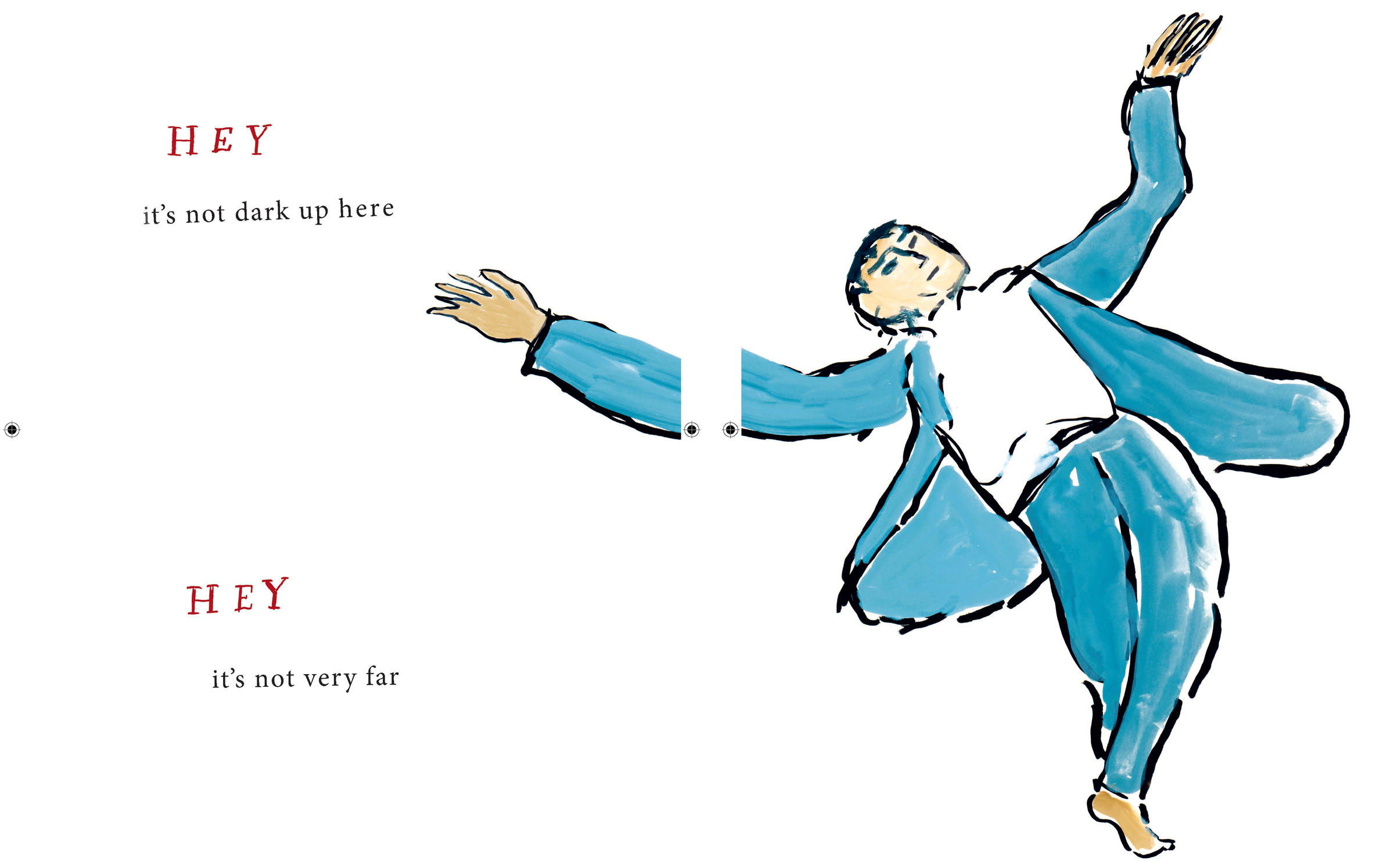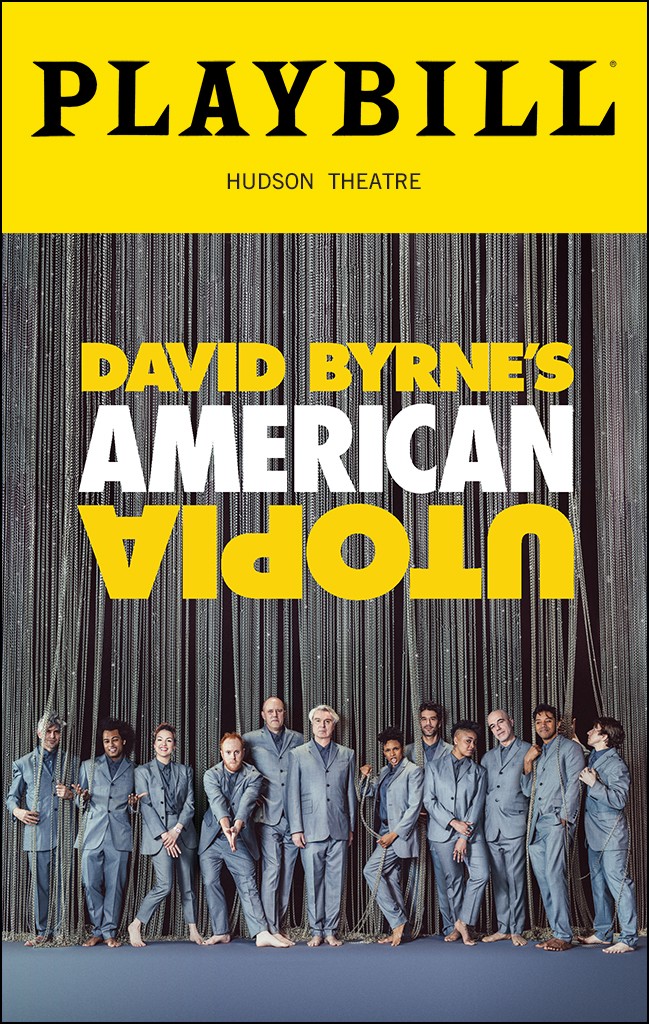
More importantly, the film demands that we carry this musically-inspired engagement out into the rest of the world. Byrne and Lee’s film demands that we do more with our activity it begs that we see and feel those moving next to us. Whereas Stop Making Sense called out for us to think less and move more, American Utopia isn’t satisfied just with getting people out of their seats. The reappearance of popular Talking Heads tracks like “This Must be the Place (Niave Melody),” “Slippery People,” “Once in a Lifetime,” and “Burning Down the House” stand out most prominently, but this more recent concert film engages in a far more overt agenda than its predecessor. David Byrne’s A merican Utopia (2020) doesn’t shy away from its predecessor, employing various call-backs to Stop Making Sense. Lee and cinematographer Ellen Kuras document Byrne’s celebrated Broadway stage production American Utopia (borne from his 2018 album of the same name and the touring show it inspired) and the result feels like a spiritual sequel and a fitting bookend to Demme’s classic rock-doc. In the intervening 35 years, Stop Making Sense has become a standard-bearer for the concert film ( MMC!’s favourite with all apologies to The Last Waltz) and so one has to admire Spike Lee and David Byrne for undertaking another concert film featuring the ex-Head so prominently. Stop Making Sense found musically activated spaces as Byrne danced with a floor lamp during “Naive Melody (This Must be the Place)” à la Fred Astaire in Royal Wedding, donned his infamously big and boxy suit for “Girlfriend is Better,” and sunk underwater for “Take Me to the River.” By its finale, the possibilities of Stop Making Sense’s musically-infused nirvana spilled out beyond its meticulously observed proscenium arch and flowed into a celebratory audience, the movie’s promise of utopia summarized succinctly by the image of a child dancing with a plush unicorn toy. In its latter half, the conventions of the unintegrated musical gave way to those of the integrated musical. From there, curtains fell, band members were added (bassist Tina Weymouth, drummer Chris Frantz, and keyboarist Jerry Harrison, in order), and others joined the parade (including Bernie Worrell, Steve Scales, and backing vocalists Lynn Mabry and Ednah Holt). For its first half, Stop Making Sense assembled a band and put on a show, starting with front-man David Byrne, a boombox, and “Psycho Killer,” Byrne’s first successfully written song and his inspiration for starting a band.
AMERICAN UTOPIA REVIEWS MOVIE
Thomas Schatz once noted that all film genres “involve the promise of utopia.” Richard Dyer went farther, stating that the central thrust of all entertainment is “utopianism,” one expressed not in practical models but in “the feelings it embodies.” Less thinking and more feeling was the mission statement of Stop Making Sense, Jonathan’s Demme’s essential concert film commemorating the Talking Heads’ 1984 tour, and in doing so the movie leaned hard into the genre tropes of the film musical.

Meet the Band, introductory videos for the cast and crew.Promotional discussions featuring Lee and Byrne.Remain in Light, an exploration of American Utopia stage design and its innovative lighting.Slippery People, a conversation between choreographer Annie-B Parson and cinematographer Ellen Kuras.One Fine Day, a new program of interviews with Lee, Byrne, and the film’s cast of performers.Start Making Sense, a roundtable conversation with Lee, Byrne, musician Janelle Monáe, and critic Ashley Clark.


AMERICAN UTOPIA REVIEWS SERIES
The Criterion Collection, a continuing series of important classic and contemporary films presents David Byrne’s American Utopia.ĭeeply reflective and exceptionally high-spirited, David Byrne’s theatrical concert American Utopia stormed Broadway with the ex-Talking Head’s mix of iconic music and quirky ideas.


 0 kommentar(er)
0 kommentar(er)
